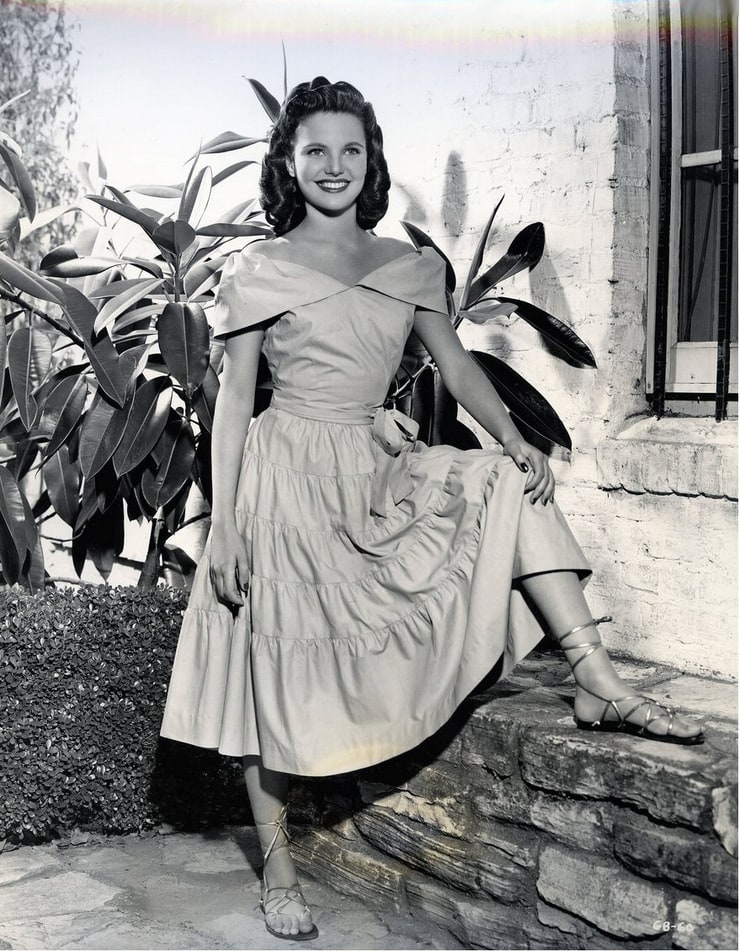

From the opening section, set in Sarajevo in 1940, to the final section, set in Seville in 1480, these narratives show Brooks writing at her very best. In the other strand of the narrative we learn, moving backward through time, how the codex came to be lost and found, and made. Their romance offers both predictable pleasures and genuine surprises, as does the other main relationship in Hanna's life: her fraught connection with her mother. Along with the book she also meets its savior, a Muslim librarian named Karaman. In the present, we follow the resolutely independent Hanna through her thrilling first encounter with the beautifully illustrated codex and her discovery of the tiny signs-a white hair, an insect wing, missing clasps, a drop of salt, a wine stain-that will help her to discover its provenance. Missing documents and art works (as Dan Brown and Lev Grossman, among others, have demonstrated) are endlessly appealing, and from this inviting premise Brooks spins her story in two directions. , which disappeared during the siege in 1992, has been found, and Hanna has been invited by the U.N. Late one night in the city of Sydney, Hanna Heath, a rare book conservator, gets a phone call. , Brooks allows both her native land and current events to play a larger role while still continuing to mine the historical material that speaks so ardently to her imagination.

Now in her dazzling new novel, People of the Book

, which won the Pulitzer Prize, it would be easy to forget that she grew up in Australia and worked as a journalist. Reading Geraldine Brooks's remarkable debut novel, Year of Wonders


 0 kommentar(er)
0 kommentar(er)
